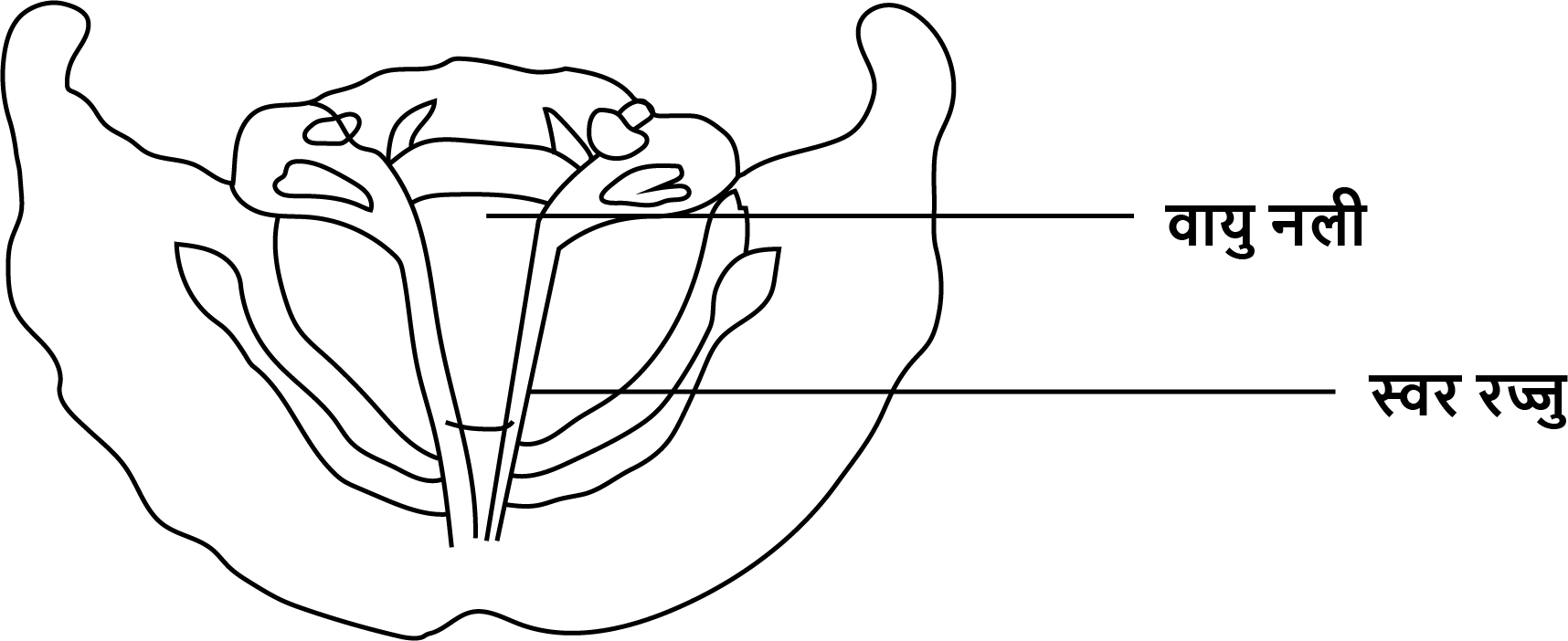NCERT Solutions for Class 8 Science Chapter 13 Sound in Hindi PDF Download
FAQs on NCERT Solutions for Class 8 Science Hindi Chapter 13 Sound
1. List sources of noise pollution in your surroundings.
There are several sources of noise pollution in our environment that might do us harm in a variety of ways. High-volume television and radios, loudspeakers and crackers, bus, car, and truck horns, and home appliances such as mixers, desert coolers, and so on all contribute to noise pollution. Heavy industries, thermal power plants, and stone cutting and grinding machines also contribute to noise pollution.
2. Explain in what way noise pollution is harmful to humans.
Noise pollution is an underappreciated yet critical issue that can lead to a variety of ailments. A person who is continually exposed to a loud sound may get temporary or permanent hearing loss. Excessive noise in the environment can also lead to health issues such as insomnia, hypertension, anxiety, and more. Learn more about noise pollution according to the NCERT Solutions for Chapter 13 from Vedantu.
3. What is meant by oscillatory motion?
Periodic or oscillatory motion is defined as a motion that repeats itself. Due to a restoring force or torque, an item in such motion oscillates around an equilibrium position. Many phenomena, including electromagnetic waves, alternating current circuits, and molecules, require this motion to be studied. For a detailed explanation, opt for NCERT Solutions for Class 8 Science Chapter 13 from Vedantu.
4. How is the frequency of a sound and pitch related?
Frequency's sensation is usually referred to as a sound's pitch. The frequency of the sound wave determines the pitch of the sound we hear. The pitch of a high-frequency sound wave is high, and the pitch of a low-frequency sound wave is low. Pitch is a personal perception of sound. It's the sound quality that's most closely linked to a pure tone's frequency. Pitch and frequency do not, however, have a simple linear connection.
5. What are the topics and subtopics present in Chapter 13 of NCERT Solutions for Class 8 Science?
The sound is produced by a vibrating body. The sound produced by humans is among the themes and sub-topics covered in Chapter 13 of NCERT Solutions for Class 8 Science. The chapter further comprises sound that requires a transmission medium, the amplitude, time period, and frequency of vibration of all things we hear with our ears. Noise and music noise pollution (both audible and inaudible sounds) are also a part of the chapter.
6. How can I score full marks in Chapter 13 of NCERT Solutions for Class 8 Science?
After performing extensive study on each subject, the NCERT Solutions for Class 8 Science Chapter 13 are created by highly qualified professors. Students can use these solutions to obtain a general overview of the concepts covered in this chapter while working on the textbook questions. Students may access the solutions both online and offline, depending on their needs. Any kid who practises and studies regularly will be able to achieve good results in science.























